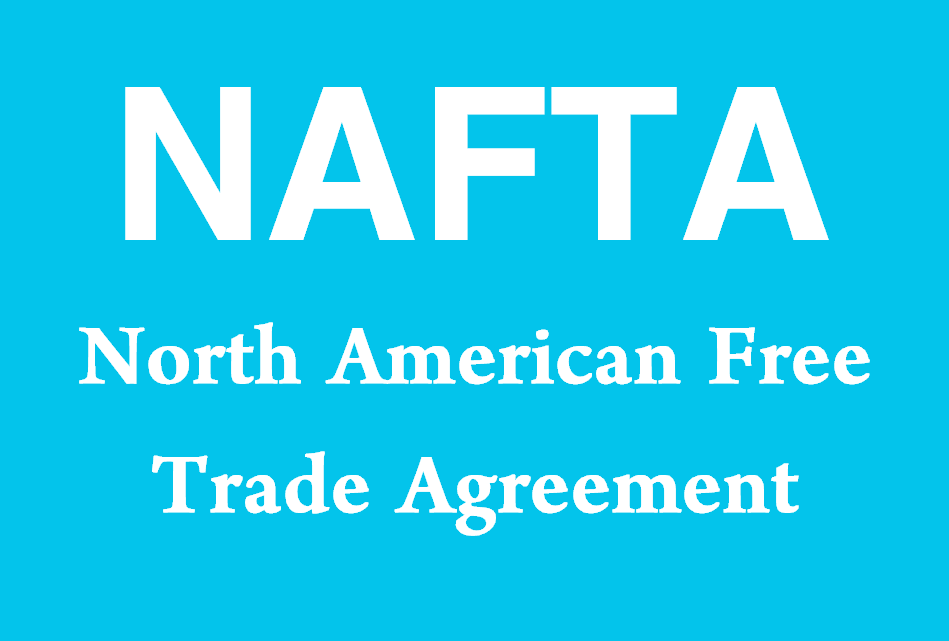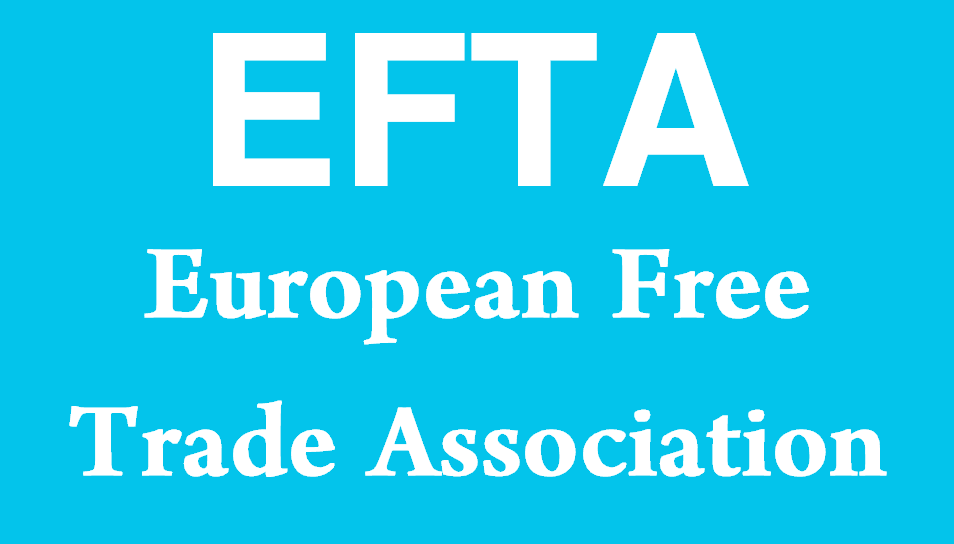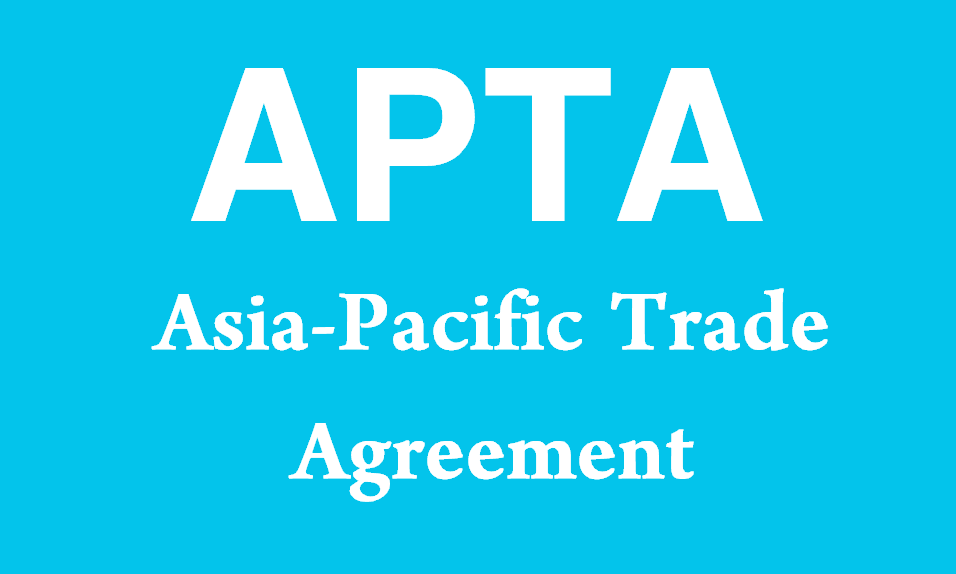What does FTA stand for?
FTA stands for Free Trade Agreement. A Free Trade Agreement is a treaty between two or more countries that establishes a free trade area where goods and services can be traded across borders with reduced or eliminated tariffs, quotas, and other trade barriers. FTAs aim to promote international trade by making it easier and more cost-effective for businesses to export and import products. Understanding FTAs is crucial for businesses and policymakers as they shape the economic relationships between countries and impact global trade dynamics.

Comprehensive Explanation of Free Trade Agreement
Definition and Purpose
What is a Free Trade Agreement?
A Free Trade Agreement (FTA) is a contractual arrangement between two or more countries that agree to reduce or eliminate barriers to trade in goods and services. These agreements typically include provisions to lower tariffs, remove quotas, and streamline customs procedures, thereby fostering increased economic integration and cooperation between the signatory countries.
Objectives of FTAs
The primary objectives of FTAs are to:
- Enhance Trade Flows: Facilitate the movement of goods and services across borders by reducing or eliminating trade barriers.
- Promote Economic Growth: Stimulate economic growth and development by creating more efficient and competitive markets.
- Increase Market Access: Provide businesses with greater access to foreign markets and consumers with a wider variety of goods and services.
- Strengthen Economic Relations: Foster closer economic ties and cooperation between the member countries.
Types of Free Trade Agreements
Bilateral FTAs
Bilateral FTAs are agreements between two countries. These agreements are tailored to address the specific trade issues and economic interests of the two countries involved. Examples include the U.S.-Australia Free Trade Agreement and the Canada-Korea Free Trade Agreement.
Multilateral FTAs
Multilateral FTAs involve multiple countries. These agreements are often more complex and cover a broader range of issues. Examples include the North American Free Trade Agreement (NAFTA) and the Comprehensive and Progressive Agreement for Trans-Pacific Partnership (CPTPP).
Regional FTAs
Regional FTAs are agreements between countries within a specific geographic region. These agreements aim to integrate regional markets and enhance economic cooperation. Examples include the European Union (EU) and the Association of Southeast Asian Nations (ASEAN) Free Trade Area.
Key Provisions of FTAs
Tariff Reductions
One of the primary components of FTAs is the reduction or elimination of tariffs on goods traded between member countries. This reduction lowers the cost of imports and exports, making products more competitive in foreign markets.
Non-Tariff Barriers
FTAs also address non-tariff barriers, such as quotas, import licensing requirements, and technical standards that can hinder trade. By harmonizing standards and regulations, FTAs facilitate smoother trade flows.
Rules of Origin
Rules of origin are criteria used to determine the national source of a product. These rules are essential for ensuring that only goods originating from member countries benefit from the FTA’s preferential treatment.
Intellectual Property Rights
Many FTAs include provisions to protect intellectual property rights (IPR). These provisions help safeguard patents, copyrights, trademarks, and trade secrets, promoting innovation and investment.
Investment Provisions
FTAs often include measures to protect foreign investments. These provisions ensure that investors from member countries receive fair and equitable treatment, encouraging cross-border investment.
Benefits of FTAs
Economic Growth and Development
FTAs contribute to economic growth by increasing trade and investment flows. The reduction of trade barriers leads to more efficient allocation of resources, higher productivity, and greater economic output.
Job Creation
By opening up new markets and expanding business opportunities, FTAs can lead to job creation in various sectors. Increased exports and investment stimulate demand for labor, contributing to employment growth.
Consumer Benefits
FTAs provide consumers with access to a wider variety of goods and services at competitive prices. The removal of tariffs reduces the cost of imported products, benefiting consumers with lower prices and more choices.
Enhanced Competitiveness
FTAs encourage businesses to become more competitive by exposing them to international markets. This exposure drives innovation, improves efficiency, and enhances the quality of products and services.
Challenges and Criticisms
Trade Imbalances
FTAs can lead to trade imbalances, where one country imports significantly more than it exports. This can result in trade deficits and economic vulnerabilities for some countries.
Loss of Domestic Industries
The increased competition from foreign goods can negatively impact domestic industries that are unable to compete effectively. This can lead to job losses and the decline of certain sectors.
Regulatory Challenges
Harmonizing regulations and standards across different countries can be challenging. Differences in legal systems, labor standards, and environmental regulations can complicate the implementation of FTAs.
Inequality
The benefits of FTAs are not always evenly distributed. While some businesses and consumers gain from increased trade, others may face disadvantages. Addressing these inequalities is crucial for ensuring inclusive growth.
Major Free Trade Agreements
North American Free Trade Agreement (NAFTA)
NAFTA, implemented in 1994, is a trilateral FTA between the United States, Canada, and Mexico. It aimed to eliminate trade barriers and promote economic integration across North America. NAFTA has since been replaced by the United States-Mexico-Canada Agreement (USMCA).
European Union (EU) Single Market
The EU Single Market is one of the most advanced forms of regional economic integration. It allows for the free movement of goods, services, capital, and labor among EU member states, creating a large and integrated market.
Comprehensive and Progressive Agreement for Trans-Pacific Partnership (CPTPP)
The CPTPP is a multilateral FTA involving 11 countries across the Asia-Pacific region. It aims to reduce trade barriers, promote economic integration, and enhance regulatory cooperation among member countries.
African Continental Free Trade Area (AfCFTA)
The AfCFTA, launched in 2021, aims to create a single market for goods and services across Africa. It is the largest FTA by the number of participating countries and seeks to boost intra-African trade and economic development.
Future of Free Trade Agreements
Digital Trade
The rise of the digital economy is shaping the future of FTAs. Digital trade provisions, including e-commerce regulations, data protection, and cybersecurity measures, are becoming increasingly important.
Environmental and Labor Standards
Modern FTAs are incorporating provisions related to environmental protection and labor standards. These provisions aim to promote sustainable development and ensure fair labor practices in global trade.
Geopolitical Dynamics
Geopolitical dynamics influence the formation and implementation of FTAs. Trade agreements can strengthen alliances, promote regional stability, and enhance economic cooperation in a complex global landscape.
Notes to Importers
Understanding FTAs’ Impact on Trade
Importers must understand the implications of FTAs on their business operations. FTAs can significantly affect import costs, market access, and regulatory compliance, influencing the overall trade environment.
Key Considerations for Importers
Utilizing Tariff Reductions
Importers should leverage the tariff reductions offered by FTAs to lower import costs and improve profitability. Understanding the specific tariff schedules and rules of origin is crucial for maximizing benefits.
Compliance with Rules of Origin
Importers must ensure compliance with the rules of origin to qualify for preferential treatment under FTAs. Proper documentation and verification processes are essential for meeting these requirements.
Navigating Non-Tariff Barriers
FTAs address various non-tariff barriers that can impact importers. Staying informed about changes in regulations, standards, and customs procedures is vital for smooth and efficient trade operations.
Strategic Planning
Strategic planning is essential for importers to take full advantage of FTAs. Identifying new market opportunities, optimizing supply chains, and managing risks are key components of a successful import strategy.
Sample Sentences Using FTA
- “The FTA between the two countries has significantly reduced tariffs, making imports more cost-effective.”
- Meaning: The Free Trade Agreement has lowered tariff barriers, reducing the cost of importing goods.
- “Businesses should familiarize themselves with the rules of origin under the FTA to benefit from preferential treatment.”
- Meaning: Companies need to understand the origin criteria in the Free Trade Agreement to qualify for reduced tariffs.
- “The new FTA includes provisions for digital trade, enhancing e-commerce opportunities.”
- Meaning: The Free Trade Agreement features regulations for online trade, expanding digital business possibilities.
- “Importers must ensure compliance with all regulatory standards specified in the FTA to avoid penalties.”
- Meaning: Businesses importing goods need to adhere to the rules outlined in the Free Trade Agreement to prevent fines.
- “The FTA has opened up new markets for exporters, driving economic growth and job creation.”
- Meaning: The Free Trade Agreement has provided access to new markets, boosting exports and economic development.
Other Meanings of FTA
| Acronym | Full Form | Description |
|---|---|---|
| FTA | Federal Transit Administration | An agency within the U.S. Department of Transportation responsible for public transportation. |
| FTA | Free-to-Air | Refers to television and radio broadcasts that are freely available without subscription. |
| FTA | Failure to Appear | A legal term indicating that a person did not show up for a scheduled court appearance. |
| FTA | Florida Turnpike Authority | An organization responsible for the management and maintenance of the Florida Turnpike. |
| FTA | Film and Television Alliance | An association representing the interests of the film and television industry. |
| FTA | Fault Tree Analysis | A systematic method used to identify and analyze the causes of system failures. |
| FTA | Field Training Officer | A position in law enforcement responsible for training new recruits. |
| FTA | Future Teachers of America | An organization dedicated to supporting and promoting future educators. |
| FTA | Fiber to the Antenna | A technology used in telecommunications to deliver fiber optic signals directly to the antenna. |
| FTA | Free Trade Area | A region where member countries have signed a free trade agreement. |
| FTA | First Time Adoption | Refers to the initial application of a new accounting standard. |
| FTA | Full-Time Assignment | An employment status indicating a position that requires full-time work. |
| FTA | Functional Task Analysis | A method used to break down tasks into their component parts for analysis and improvement. |
| FTA | Food and Travel Association | An organization that promotes culinary tourism and travel experiences. |
| FTA | Financial Technology Association | An organization representing companies in the financial technology sector. |
| FTA | Flexible Transit Authority | A body responsible for managing and providing flexible transportation solutions. |
| FTA | Fixed-Term Appointment | A type of employment contract that lasts for a specified period. |
| FTA | Foreign Trade Administration | An agency responsible for regulating and promoting international trade. |
| FTA | Federal Tax Authority | A government body responsible for collecting and managing federal taxes. |
| FTA | Freight Transport Association | An organization representing the interests of the freight and logistics industry. |






